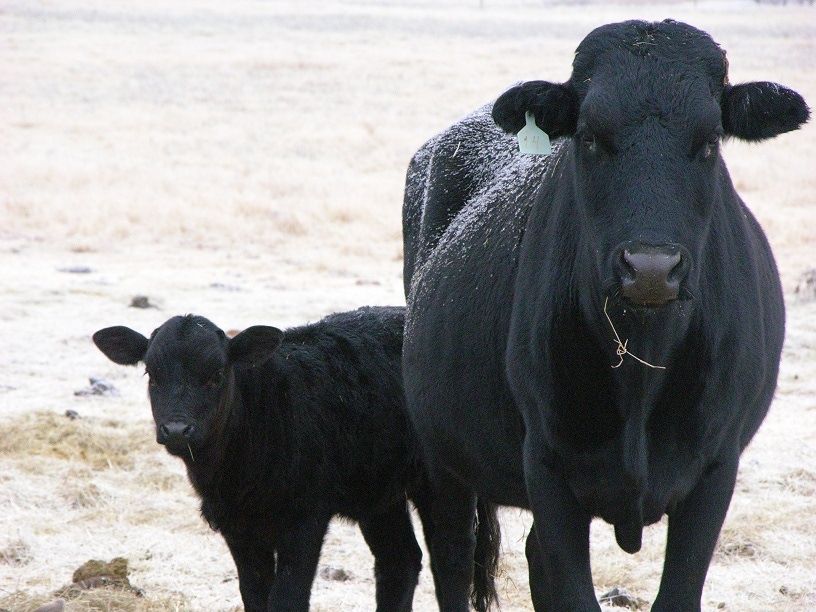Five ideas for parasite refugia
Here are some methods to leave some parasites untreated, thereby trying to slow anthelmintic resistance.

Managing “refugia” is a relatively new approach to tackling the growing anthelmintic resistance issue.
Dr. Ray Kaplan, University of Georgia College of Veterinary Medicine, says many producers may not understand this idea or be aware of its benefits.
Refugia is the concept of leaving some internal parasites unexposed to a dewormer, essentially giving them refuge, and thereby reducing the drug-resistance selection pressure caused by the dewormer. It may help slow down the development of resistance.
Ideas for implementation of refugia include:
Not deworming all cattle when there are few parasite larvae on the pasture. In the South, this would be during the hottest part of the year. In the North, it would be during the coldest part of the year.
Only deworming incoming cattle and leaving resident cattle untreated during extensive dry periods, when infection is low.
Not using the same class of dewormer on resident cattle repeatedly.
Not using a dewormer and then moving immediately to a clean pasture, as this will contaminate the new pasture with only resistant parasites.
Not deworming at least 10 percent of the animals, known as “selective non-treatment.”
“For the selective non-treatment strategy to work, it’s critical that for the 90% you are deworming, the drug you use is highly effective,” Kaplan cautioned.
Also think about the advantages of available tests—a coproculture (technique of allowing parasite eggs to hatch and identify species of parasite involved) to identify which species you’re fighting, and a fecal egg count reduction to help determine how successful your program really is.
About the Author(s)
You May Also Like


.png?width=300&auto=webp&quality=80&disable=upscale)
